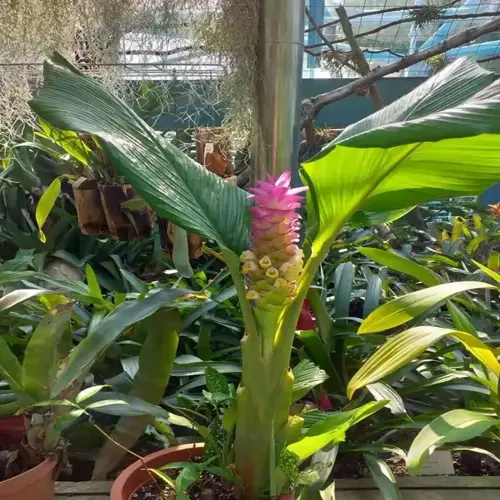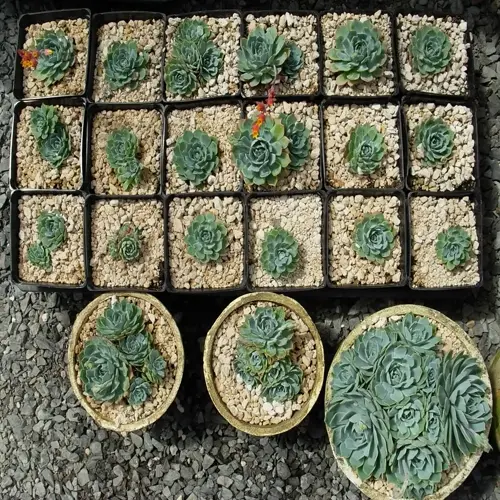What not to do when repotting plants?

Written by
Michael Sullivan
Reviewed by
Prof. Charles Hartman, Ph.D.Transplanting plants can make them feel fresh and invigorated. Still, common mistakes can cause irreversible damage, as I have seen many horticulturists make, resulting in the death of plants due to repeated mistakes. Knowing the critical mistakes will keep your plants safe during this sensitive process. You will prevent setbacks that compromise root health and growth potential.
Soil Selection
- Never substitute garden soil for proper potting mix
- Heavy garden soil compacts roots and restricts airflow
- Specialized mixes provide drainage and nutrients plants need
Pot Size Errors
- Avoid excessively large pots causing water retention
- Oversized containers lead to soggy soil and root rot
- Increase pot size only 1-2 inches for healthy growth
Root Handling
- Don't compact soil tightly around delicate roots
- Compaction limits oxygen flow essential for recovery
- Gently tap pots to settle soil without pressure
Aftercare Missteps
- Never fertilize immediately after repotting
- Fresh soil contains nutrients sensitive roots need
- Wait 4-6 weeks before fertilization to prevent burn
After repotting, exposure to light must be carefully regulated. Repotted plants should never be placed in direct sunlight while they are recovering from transplanting. Even printing stress into the combinations of light exposure, wilting will be catastrophic. I will generally cover the plants with sheer curtains to provide indirect light for one or two weeks at a time; this is similar to sunscald protection, allowing the plants time to adjust to the new conditions.
Using proper technique prevents permanent damage to your plants. I saved a fiddle leaf fig by addressing these issues at the second repotting. Always use well-draining containers and a special mix of potting soil. This creates the optimal environment for roots to regenerate and produce robust new growth. Healthy roots produce healthy leaves above the soil.
Read the full article: How to Repot Plants: 10 Essential Steps

